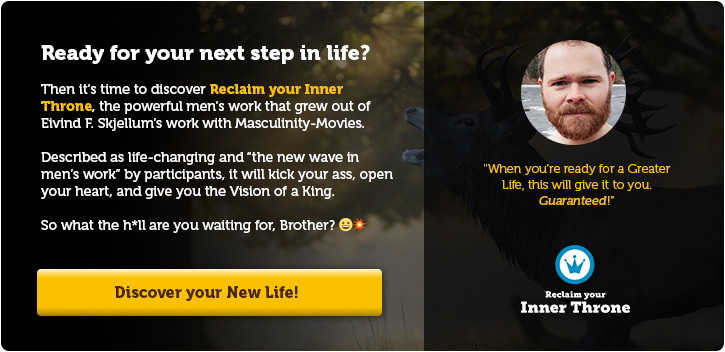9 (2009)
Synopsis
‘9’ is a handmade burlap doll that springs to life at the start of the movie. We soon meet ‘1’ to ‘8’ as we see him discover a post-apocalyptic world ravaged by a war between mankind and machines.
He holds a small device that is the key to the salvation of mankind and we see him discover something that unites all the dolls as we witness them owning up to consequences (seen and unforeseen), whilst making sacrifices, experiencing resurrection and the birth of hope.
A great film that is rich in symbols and meaning – it will have something to say to you.

| Genre | Scifi |
| Production year | 2009 |
| Director | Shane Acker |
| Male actors | Elijah Wood, John C. Reilly, Crispin Glover |
We are one...
by Paul Miller
1 to 9… Ego-states
In this movie the nine burlap dolls represent the ‘divided soul’ of the scientist. This is a wonderful allegory for the ego-state model of Watkins and Watkins. In each of us there are a number of different character traits that we can think of as ‘ingredients’ and these are mixed together into a number of different ‘recipes’ to meet different needs connected with various roles: e.g. one who is the father, another the husband and yet another the warrior – to give a few examples.
Although the recipes are different the ingredients all come from the one source. Usually these are blended one with the other and flow seamlessly one to the other; much like in the ‘King Warrior Magician Lover’ model of Robert Moore. The dolls also model some of KWML archetypal behaviour (albeit sometimes in shadow pole): e.g. ‘1’ is the King who is too much the dictator living in fear and impotence (shadow pole) ‘2’ is the light-bearer and problem-solver and I see him as the Magician in golden polarity. The ego-state system represents the whole person and as is modelled in the film, there are parts we see straight away and others we come to know with time. Some spend time mostly in shadow polarity but still have the potential of the golden pole like ‘1’. Enjoy your journey as you get to know yourself.
Trauma & Dissociation
See here for more information http://www.estd.org/resources/history
In the movie it is the trauma of a war that leads to the creation of the dolls and this mirrors what can happen in people who experience extreme trauma. The ego fractures into dissociated ego-states (the dolls). In its most extreme form we can have Dissociative Identity Disorder (Previously known as Multiple Personality Disorder), where the parts exist as independent identities but it can be present in much subtler forms.
Some level of dissociation is a natural function in all of us. This movie reminds us that when substantial trauma occurs we risk loosing our integrity (our one-ness). Whilst this may be initially adaptive I invite you to consider that a healthy response to this dissociation is ultimately to aim for reintegration.”That all may be one”.
The Machine and The Trickster
The Machine in this movie reminds me of Robert Johnson’s retelling of ‘The Handless Maiden’. In it he states, that the word mechanise comes from the Greek root mechane which means to trick and everything concerned with it has a dark character. This is a good fit for the machine in the story for we hear of it as a ‘machine of peace’ only to next see a headline declaring WAR. The machine appears here in keeping with ‘the devil’s bargain’ to get something for nothing – do what is easy – that we see in the Handless Maiden. Where in our lives have we taken the easy choices rather than honest hard graft? There is ALWAYS a price to pay.
Owning up to our errors and redeeming them
In this movie the most powerful theme for me was that of owning the consequences of my actions. For every action there is a consequence and these may be thought of as seen and unforeseen. In ‘9’ we see several redemptive acts by key characters in response to their unforeseen consequences: the scientist owns his error in creating a machine of pure intellect; without a soul – he withdraws his support from the corrupt regime and then creates the burlap dolls as an act of redemption.
The dolls – who we now know are the divided soul of the scientist – do likewise: ‘1’ faces his fear and literally enacts his earlier statement, “sometimes ‘1’ must die for the good of many” and ‘9’ owns up to his error in re-activating the machine – it is only the grace of ‘1’s sacrifice that allows ‘9’ to survive. These brave actions allow ‘9’ to release the souls of the dolls who died and the film ends with rain and the hope of a new beginning: redemption.


